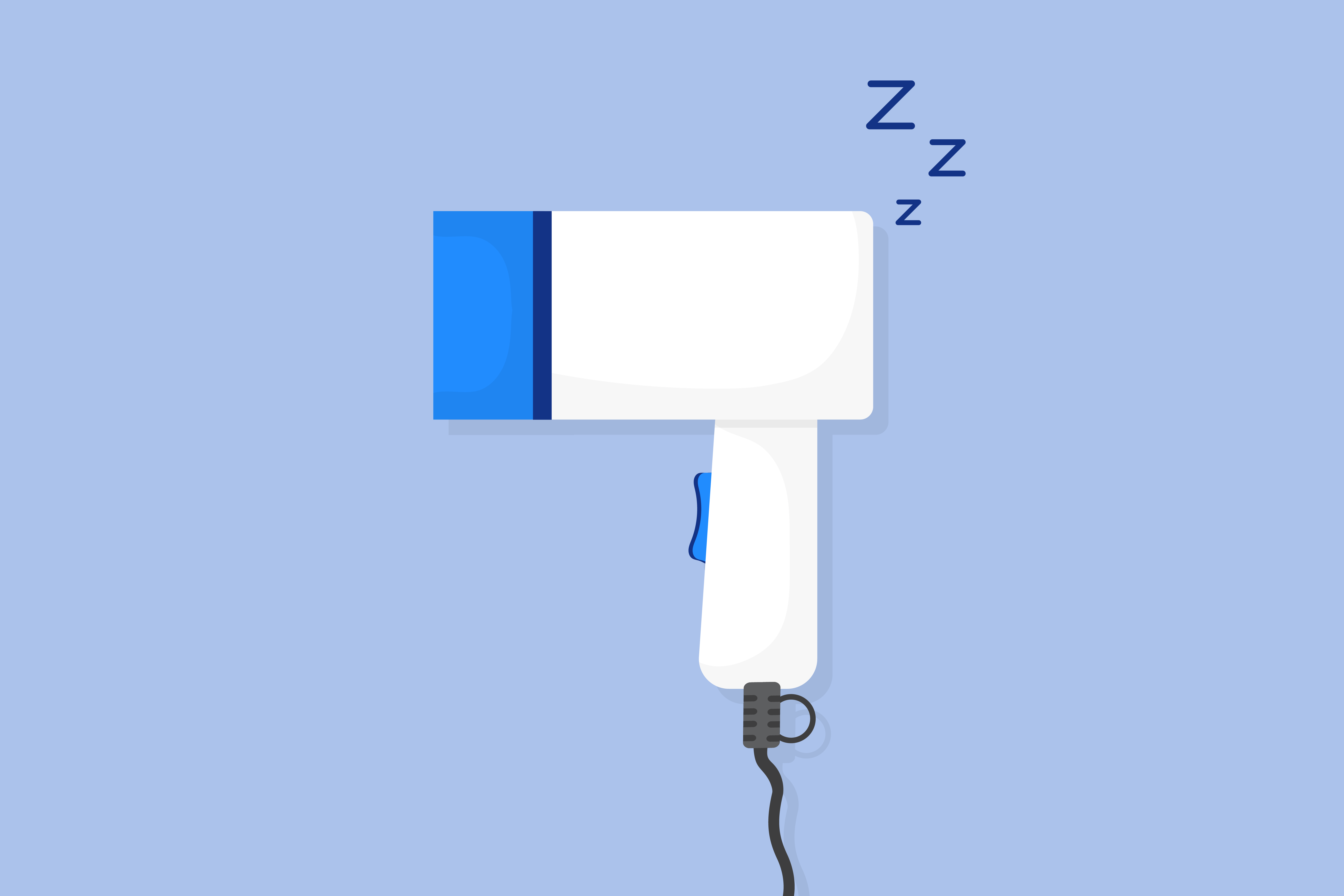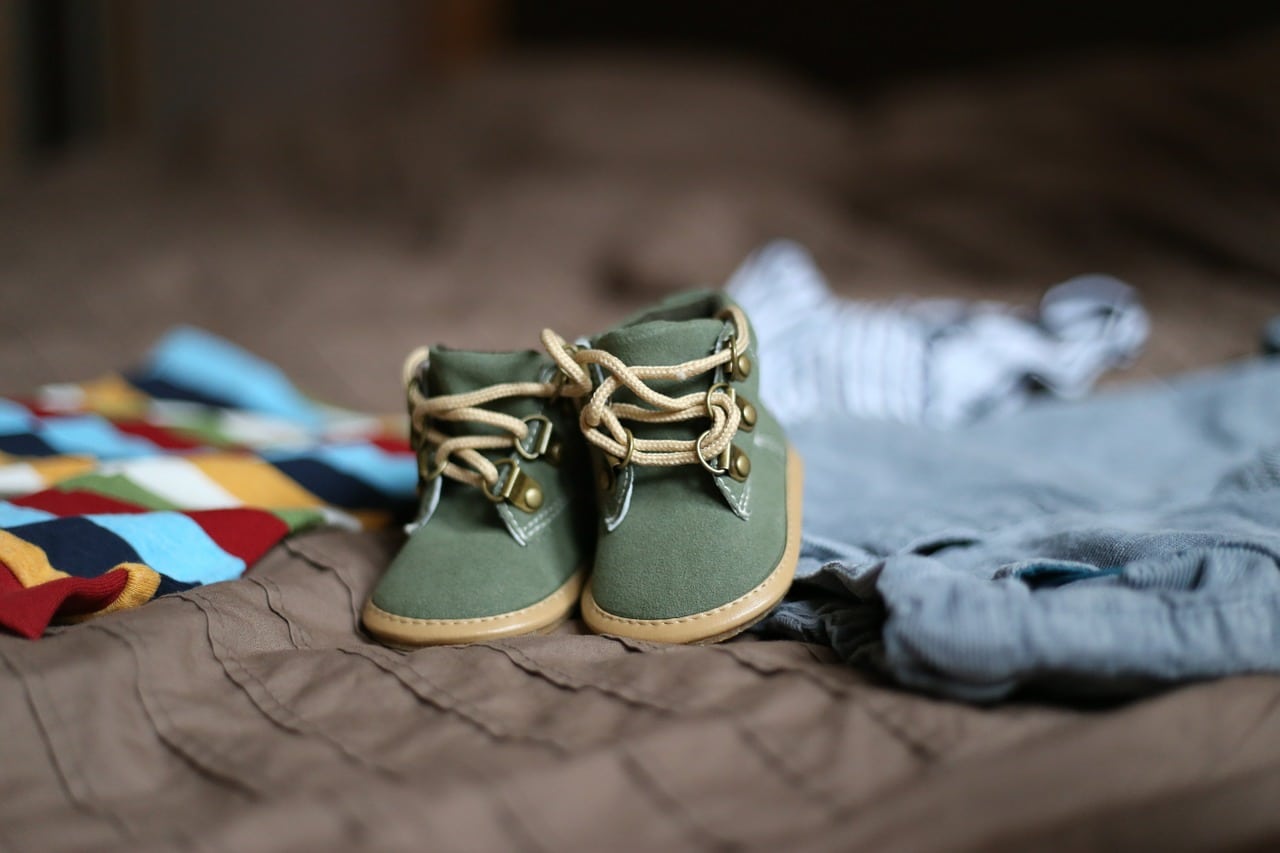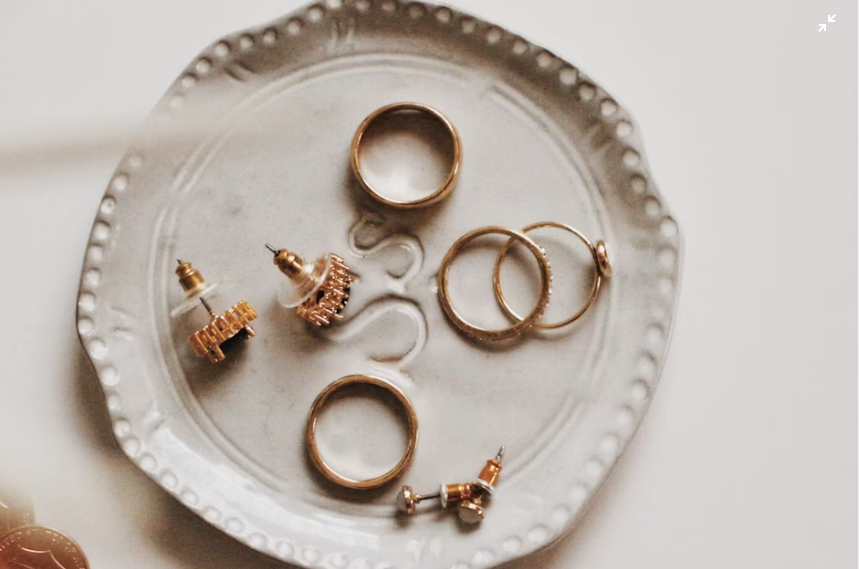Key Takeaways
- Potential Hair Issues: Sleeping with wet hair can lead to various hair problems, including hair breakage, frizziness, and dullness. Wet hair is more vulnerable, and the friction and movements during sleep can cause damage to the hair cuticle. Additionally, tight hairstyles like braids or knots can exacerbate these issues.
- Scalp and Fungal Concerns: Wet hair can also contribute to scalp problems, including unwanted bacteria, fungal infections, skin irritation, itchiness, dryness, redness, and dandruff. Fungal growth is more likely when moisture from wet hair interacts with your pillow, potentially leading to fungal infections. Regularly changing and washing pillowcases can help mitigate this risk.
- Minimizing Damage: To sleep with wet hair while minimizing damage, consider using silk or satin pillowcases, which absorb less moisture and reduce friction on your hair. Avoid tight hairstyles and opt for loose braids or twists if you prefer to secure your hair while sleeping. Experiment with different techniques based on your hair type, such as straight, wavy, or curly hair, to achieve the desired results.
Have you ever wondered if bedtime with wet hair is a bad idea? We’re diving into the problems it can cause: fungal growth, hair breakage, and funky morning hairdos. If you shower at night, you know the struggle of waking up to tangled, frizzy, and brittle strands, not to mention the wildest bedhead.
We’ve all heard the old tale that wet hair at night gives you a cold, but there’s no proof. What’s true is that it affects your scalp and strands.
The main reason is that wet hair weakens its structural integrity. When your hair is soaking wet, its outer layer, the cuticle, naturally lifts, leaving it more prone to breakage.
Sleeping with wet hair also leads to scalp concerns like unwanted bacteria, fungal infections, skin irritation, itchiness, dryness, redness, and dandruff. Don’t worry if you don’t want to give up your nightly shower routine; we’ve got your back. Below, we’re breaking down the right way to sleep with wet hair for every hair type, from top knots to morning wake-ups.
Is It Bad to Sleep with Wet Hair?
Sleeping with wet hair might seem convenient, but it’s not the best idea for several reasons. When you sleep with wet hair, it dries overnight, and some water evaporates into the air while some gets soaked up by your pillow and bedding. This can make your pillow warm and damp, which might lead to issues around your head and face.
If you regularly snooze with wet hair, be on the lookout for any changes in your skin or hair health to decide if you should stick with this bedtime routine. Although research hasn’t fully investigated the potential side effects of sleeping with wet hair, some people still warn against it. They believe that sleeping with dry hair can help prevent certain health problems and avoid pillow breakage, as it doesn’t give you a great hair day the next morning.
Fungal Growth
Sleeping with wet hair doesn’t give you a common cold, but it can lead to a fungal infection. So, it’s essential to dry your hair properly before bedtime to avoid any fungal issues. You see, all sorts of surfaces can host fungi, even our skin.
Fungal growth is normal on a healthy scalp, but when things get out of balance, certain types of fungi can take over. Dandruff, for instance, is linked to too much of a fungus called Malassezia. Now, here’s where it makes sense: when you sleep with wet hair, you give extra moisture to the fungi on your pillowcase.
Some research found Verified Source National Library of Medicine (NIH) World’s largest medical library, making biomedical data and information more accessible. View source that a damp pillow can harbor up to sixteen different kinds of fungi. So, more moisture might mean more fungi, increasing the risk of fungal infections for your scalp.To avoid this, remember to change and wash your pillowcases frequently. You may even want to disinfect your pillow, as a further precaution.
Hair Breakage
Breakage is a big issue when you sleep with wet or damp hair. See, your hair’s vulnerable when it’s wet. Water and shampoo break down the protective hair cuticle, leaving your hair exposed to damage.
During your eight-hour rest, unless you’re super still, your hair can get stretched, pulled, and knotted, causing breakage, frizz, and dullness. So, to protect your hair, it’s best to let it air dry or blow dry it before sleeping and detangle it gently.
Funky Morning Hairdos
Let’s be real, going to bed with soaking wet hair can lead to a wild morning hair situation. Sure, you might save time by skipping your morning shower but dealing with frizzy hair, stubborn cowlicks, and getting your part just right can eat up just as much time.
To avoid this, it’s a good idea to detangle your hair and maybe consider a silk pillowcase for a smoother morning look.
How to Sleep with Wet Hair Minimizing Damage
If you want to wake up with beautiful hair, it’s essential to know how to sleep with wet hair while minimizing damage. Here are some tips on how to keep your hair in good shape while sleeping with wet hair, leaving your hair frizz-free.
Choose a Good Pillowcase Material
You’ve probably heard about the advantages of silk or satin pillowcases, claiming to prevent frizz and even reduce bacteria growth. When it comes to wet hair, these pillowcases absorb less moisture, keeping hydrating products on your head instead of your pillow.
A silk pillowcase is ideal because regular cotton ones are extremely rough on your hair and can cause knots and more breakage. Plus, silk or satin pillowcases are proven to smooth hair and prevent frizz, especially benefiting those with curly hair that takes a long time to dry.
Let Your Hair Loose
Hair stylists often recommend putting your wet hair up in a bun or in French braids for a more attractive morning style. However, it’s essential to be cautious about making these styles too tight when your hair is wet.
As we mentioned earlier, wet hair is vulnerable, and tight braids or messy knots can lead to hair loss and breakage. If you prefer not to sleep with your long hair down, opt for a very loose braid or a gently twisted bun secured with a silk or satin scrunchie to prevent creasing, especially if you have fine hair.
Apply Leave-In Conditioner
To prevent further damage to your hair follicles and restore the natural barrier of your hair cuticle from external factors, consider using a leave-in conditioner as part of your hair and skin routine at night. These products provide lasting moisture to your scalp and hair strands, preventing dryness and damage.
Leave-in conditioners are great for detangling hair, which can be especially helpful if you often wake up with tangled locks after sleeping with wet hair.
Keep in mind that different hair types may require different products. For those with fine hair, a heavy leave-in conditioner could make their hair feel greasy and heavy. On the other hand, if you have curly hair, you might find that it doesn’t provide enough moisture for your scalp.
To wake up with great hair, moisturize and gently comb the products through using a boar bristle brush. These dense bristles evenly distribute natural oils, leaving your hair shiny, less frizzy, and more manageable.
Look for products with natural ingredients formulated for your specific hair type, and be prepared to experiment to find the best routine for you. If you want to completely avoid frizz, it’s also advisable to use a blow dryer before sleeping.
Use a Silk Scarf
You can loosely wrap your hair with a silk scarf, allowing your hair and scalp to breathe, which is crucial for hair health. The need for the head to breathe is why you don’t want to sleep in a bonnet. If you want to wake up with curls, twist your hair well and secure it in a top knot before bedtime, letting your strands dry into those beautiful curls.
In the morning, remove the scarf from your twist, gently shake your hair to unleash your natural curls, and finish the look with some dry wax. This technique works best for those with mid-length to long hair, and for an added touch, put your hair upside down before twisting it for extra volume and bounce.
How to Sleep with Wet Hair Based on Your Hair Type
Sleeping with wet hair can have different effects depending on your hair type. Your hair’s unique characteristics, such as its natural oil levels and hair strand structure, play a significant role in how you should manage wet hair before bedtime.
Straight Hair
Flip your head upside down to help it dry quicker, and use a hair dryer until it’s slightly damp, not soaking wet. Afterward, twist your hair into four loose buns, secure it with scrunchies, and call it a night. If your hair is naturally straight, a single bun will give you a looser wave. Don’t forget to use dry shampoo the next day to freshen it up.
Wavy Hair
When sleeping with wet hair, consider braiding it. Braiding wet hair helps protect your strands, and in the morning, you’ll be rewarded with beautiful loose waves. To avoid more friction and keep your hair in better shape, use a silk pillowcase made from silk materials.
Curly Hair
Apply a curl cream from roots to ends to keep your curls defined and prevent flattening during sleep. Pineapple your hair by creating a high ponytail and securing it with a scrunchie, making sure it’s loose enough to hold without tension. To keep it in place, use a silk scarf, and for detangling and maintaining moisture, use coconut oil on your hair.
Use a Mattress Protector
An effective way to protect your mattress if you sleep with wet hair is to use a high-quality mattress protector. Waterproof mattress protectors create a barrier between you and the mattress, preventing moisture from your damp hair and skin from being absorbed into the bed.
Without a protector, repeated moisture exposure can lead to mattress mold and other damage to the mattress materials. The protector also shields against perspiration, body oils, and spills.
Look for a waterproof mattress protector designed for your mattress type. Breathable options like cotton terry or micro-vented materials will prevent overheating. Fitted protectors that wrap the whole mattress are more effective than pad styles.
Mattress protectors are an important safeguard to keep your bed clean, fresh, and hygienic if you sleep with wet hair. They are an easy solution to protect your investment and avoid permanent mattress rust stains or other damage.
FAQs
How can I dry my hair naturally at night?
One popular approach is to towel-dry your hair gently after a shower before bed to remove excess moisture. You can then let your hair air-dry by either loosely tying it up or leaving it down.
Alternatively, you can braid your hair into loose plaits, which can help it dry evenly and prevent frizz. The key is to avoid tight hairstyles that can cause hair to break or tangle during the night.
Why is my hair not drying overnight?
The thickness and length of your hair and the humidity levels in your environment play a significant role in how fast your hair can dry. Going to bed with very wet hair or using heavy hair products can further slow the drying process. We suggest using towels to absorb excess moisture before going to bed to avoid overly damp hair.
Is it OK to sleep with my hair wet?
While it is generally safe to sleep with damp hair, going to bed with extremely wet hair can have drawbacks. Wet hair is more fragile and prone to damage, such as breakage and split ends.
Making sure your hair is at least partially dry before sleeping can minimize risks. But if you have no choice but to sleep with wet hair, consider loosely tying it up or using a silky pillowcase that can reduce friction and minimize potential hair damage.
Should I take a shower before bed?
Taking a shower with warm water can soothe your muscles and relieve stress, making it easier to fall asleep. It can not only help you relax and improve sleep quality but also help keep the mattress clean and promote better hygiene.
However, if you’re concerned about going to bed with wet hair but still want the benefits of a late-night shower, try using a shower cap. A shower cap will keep your hair dry and prevent it from getting wet during your nighttime shower. This covering allows you to enjoy the benefits of pre-bedtime showers without worrying about your hair.
What is the best way to dry your hair after a shower?
The best way to dry your hair after a shower is to start with a gentle towel-drying technique. Instead of vigorously rubbing your hair with a regular towel, use a microfiber towel to blot excess moisture. Patting or squeezing your hair gently is less likely to cause damage or frizz.
After towel-drying, you can use a wide-toothed comb or a detangling brush to remove knots and tangles. If you prefer to use a hairdryer, opt for a low-heat setting and keep the dryer at a safe distance from your hair to minimize heat damage. Always use a heat protectant spray before blow-drying to shield your hair from excessive heat.
Conclusion
Sleeping with wet hair can have both benefits and drawbacks depending on your hair type and the steps you take. While it can save time in the morning, it may lead to frizz and other issues.
However, by following the right techniques like using silk materials, applying leave-in conditioner, or braiding your hair, you can minimize damage and wake up with healthier, more manageable locks. Ultimately, it’s essential to find a bedtime routine that works best for your hair type and needs to ensure you have a good hair day, whether you’ve slept with wet hair or not.
About the author
Geoff McKinnen is a writer focusing mainly on the healthcare industry and has written articles on everything from foods to help you lose weight to the connection between Alzheimer’s and sleep. Geoff’s passionate about helping readers improve their well-being to lead happier lives. Outside of work, Geoff enjoys cycling and hiking and believes that by leading a healthy lifestyle, he can help others do the same.
View all posts





